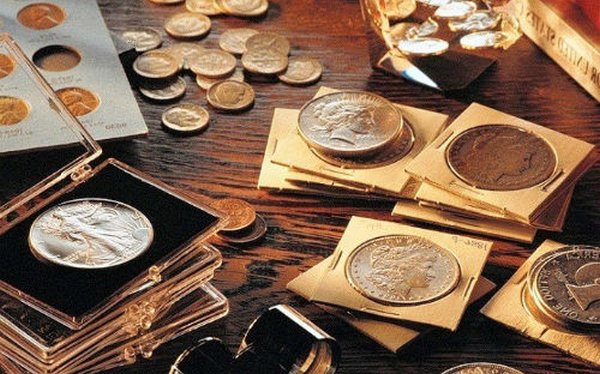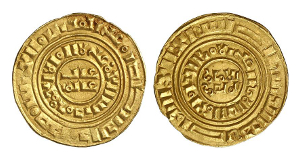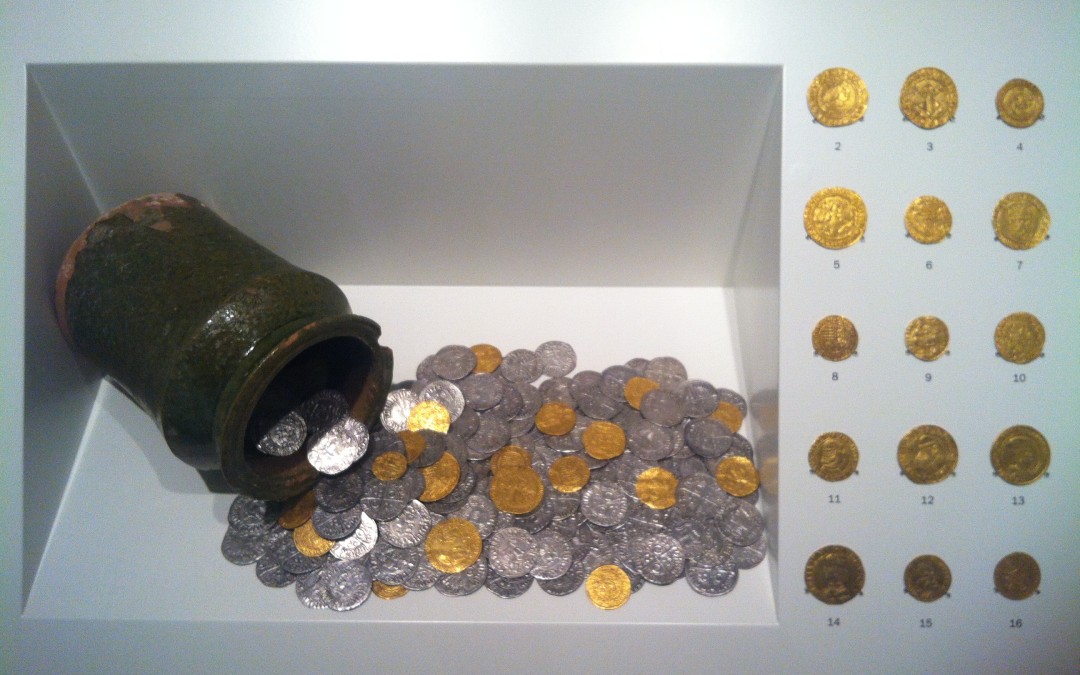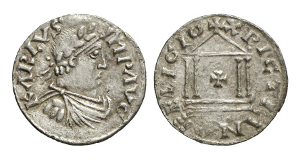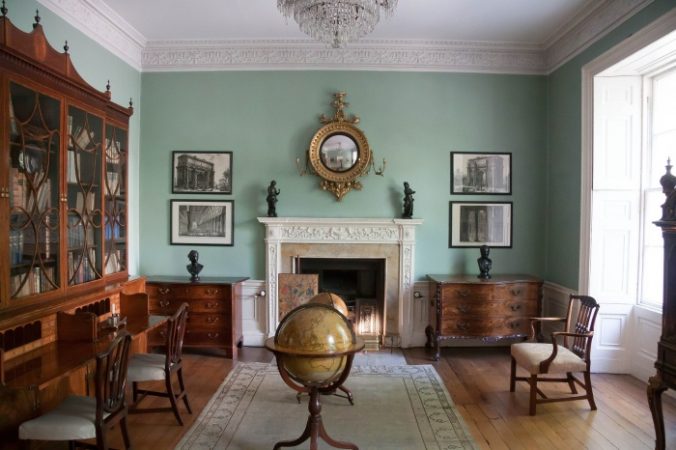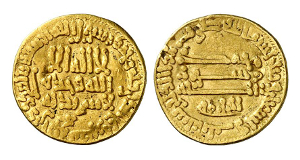Numismatics – Peter’s true passion
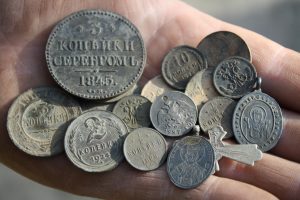 In recent years, interest in numismatics has increased among the Russian population, which is both exciting and quite profitable. Following this trend, many shops selling antiques open stores for coin collectors, as well as conduct various auctions. And every year the number of numismatists is growing.
In recent years, interest in numismatics has increased among the Russian population, which is both exciting and quite profitable. Following this trend, many shops selling antiques open stores for coin collectors, as well as conduct various auctions. And every year the number of numismatists is growing.
Goethe once wrote that coins are “an endless spring of flowers and fruits of art.” According to legend, the coins got their real name due to the fact that they began to produce the courtyard of the temple of the goddess Juno Coins on Capitol Hill in Rome. But it took a long time before the coins became the subject of admiration for Goethe and other poets.
The adoption of Christianity in Russia in 988 was associated with the first Russian coins, the payers and the silversmiths. As a result of the Tatar-Mongolian yoke, there was not only an economic recession and the extinction of trade, but also the way coins were minted, which lasted until the 18th century.
Deng or denga (from Türkic lang.) Was made by applying a simple chase to pieces of wire, which was previously flattened. The name of the prince (in Russian) was displayed on these coins, as well as the image of a warrior (horse or foot) and inscriptions in a foreign language. However, in the 30s of the 16th century, Elena Glinskaya, who was regent when the terrible Ivan Tsar, completely removed from circulation all the coins of the old coinage. Her decree introduced in the turnover of pennies, half and half.
The name of the penny comes from the fact that it was not depicted a rider with a spear. A bird was depicted on the shelf, and a rider with a saber on the money. All coins carried the image of the sovereign with the designation of his title. It was then that the division of the ruble into one hundred kopecks, or two hundred money, or four hundred half-shells appeared. At the beginning of the XVIII century in Russia began to produce silver in the mines of the Urals and Siberia, which was used in the manufacture of coins, and before that were used for stamping foreign efimki and thalers, which were raw materials for the manufacture of kopecks and rubles. “E fimki” were melted down, and then the wire obtained from them was flattened to the size of shells, money and kopecks. Thalers, on the other hand, underwent a different process of processing: the image that was on them was erased, and then a new image of Tsar Alexei Mikhailovich was mounted on a horse. It should be noted that this image was very vague, so that it was possible to discern the features of the previous drawing. Alexey Mikhailovich got angry and ordered to put into circulation copper pennies instead of silver ones, which was the reason for the famous “copper revolt” of July 25, 1966.
Tsar Peter the Great did not like pennies made of wire, calling them “nasty lice”, but at the same time remembering the story with his father, he tried not to take careless actions. After talking with the famous scientist Isak Newton, Peter the First for a couple of decades so advanced the quality of coin minting that he put the Russian Mint on a par with the leading European mints. And therefore, coins have remained since that time (usually with a denomination of one ruble), the price of which at modern auctions reaches transcendental heights. It was because of Peter’s reforms in the field of coin minting that the coins became so attractive that current collectors literally hunt for them, trying to collect complete collections.
Many historians consider Peter the Great to be the ancestor of coin collecting, because he had a collection of coins called the “Sovereign Cabinet”, which was later transferred to Kunstkamera, the Russian museum, created according to his order.
Collecting coins by the middle of the 18th century became widespread in Europe. Every monarch, rich grandee, or merchant had his own extensive collection of coins. Prince Wilhelm was also a famous collector and was well versed in medals and coins, and Meyer Amschel Rothschild was involved in the supply of coins to his collection. Because of this union, one became a well-known collector and owner of one of the largest collections of coins of that time, and the second made one of the largest fortunes.
Coin collecting originated in the Renaissance. In the 14th century, the famous poet Petrarch assembled a collection that was almost equal to the collection that Cosimo Medici has possessed in Florence. In those days, collectors mainly collected coins of the era of antiquity, which are very popular today. When excavated in Italy and Greece, they are found in large quantities. During the excavation there are treasures dating back to the 18th century, in which the coins are sorted by type and year of release. However, it should be noted that very few coins are found in a state suitable for collectibles. Abbot Joseph Hilary Eckel systematized the coins in his work “The Science of Ancient Coins”, in which he described more than 70 thousand coins. Since then, as is commonly believed, numismatics have appeared.
